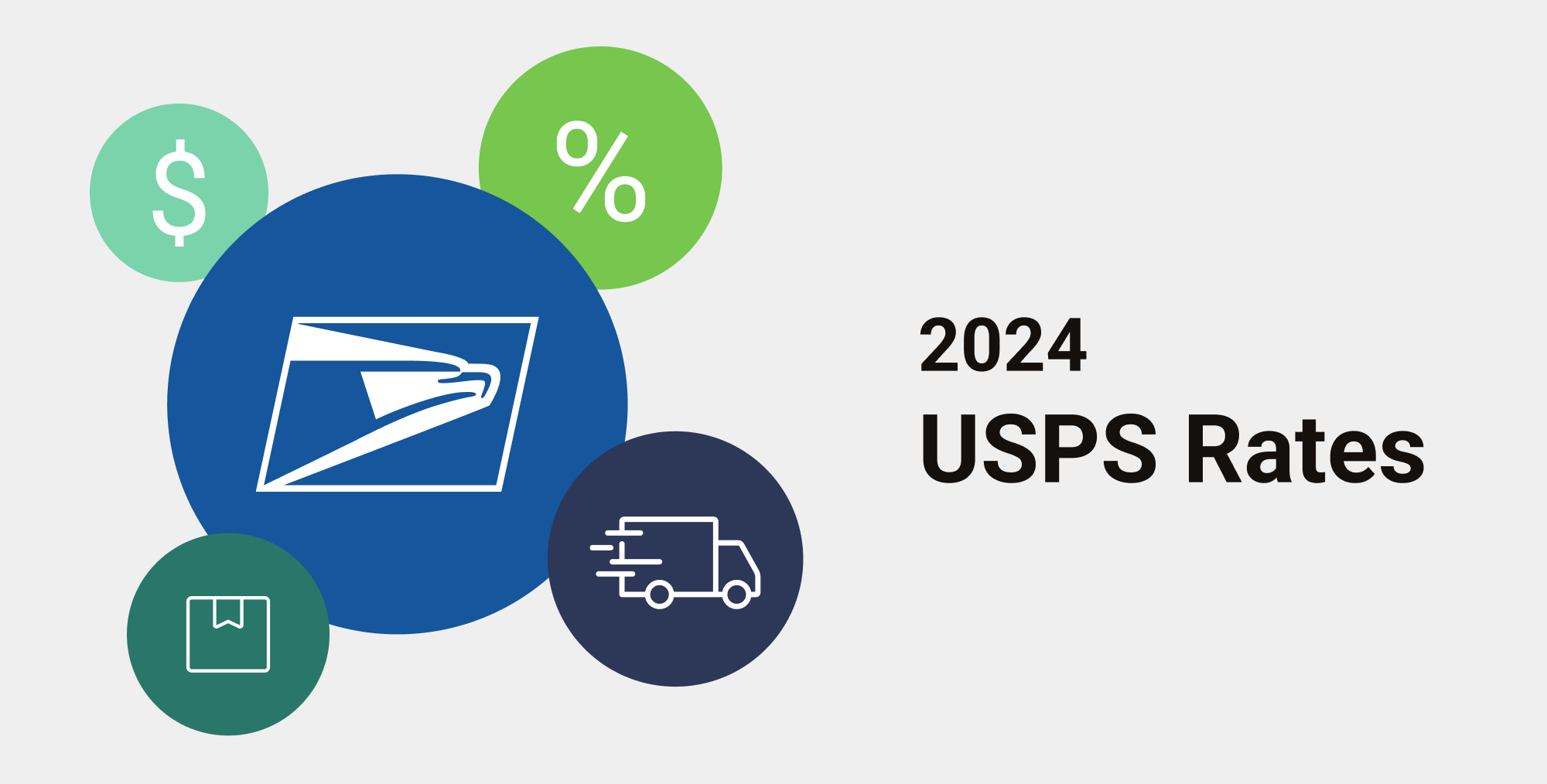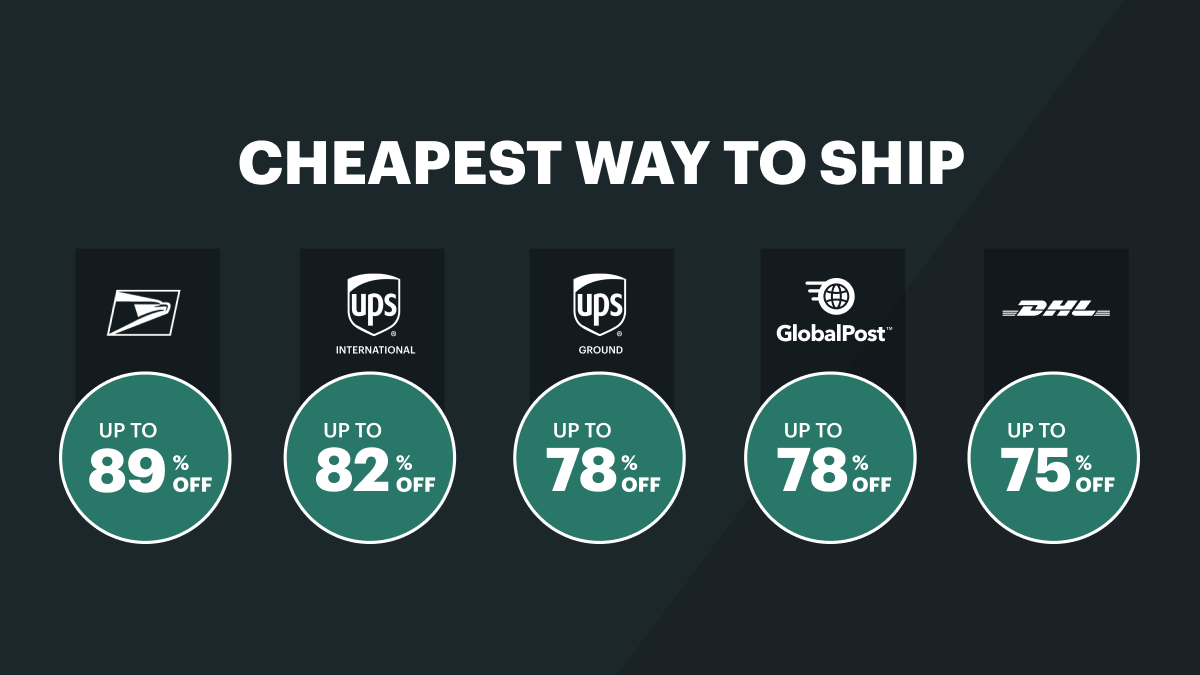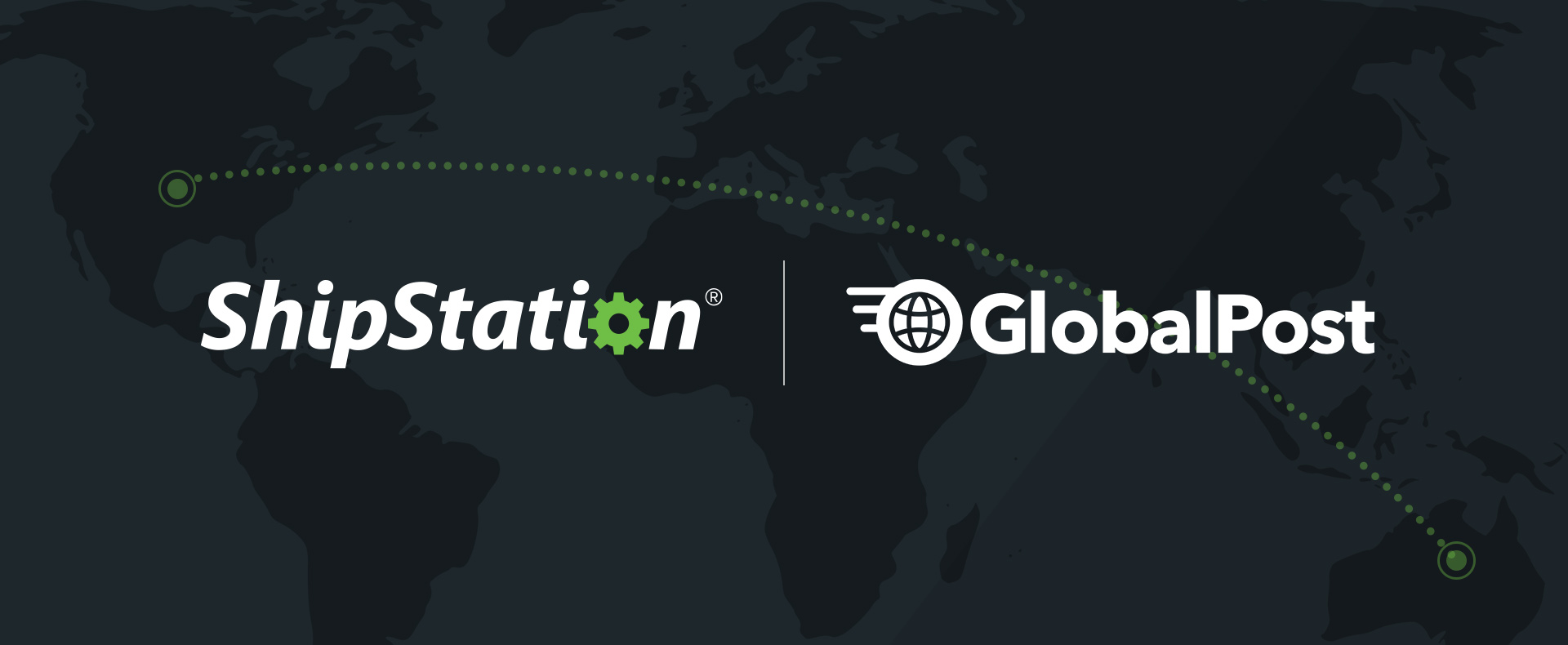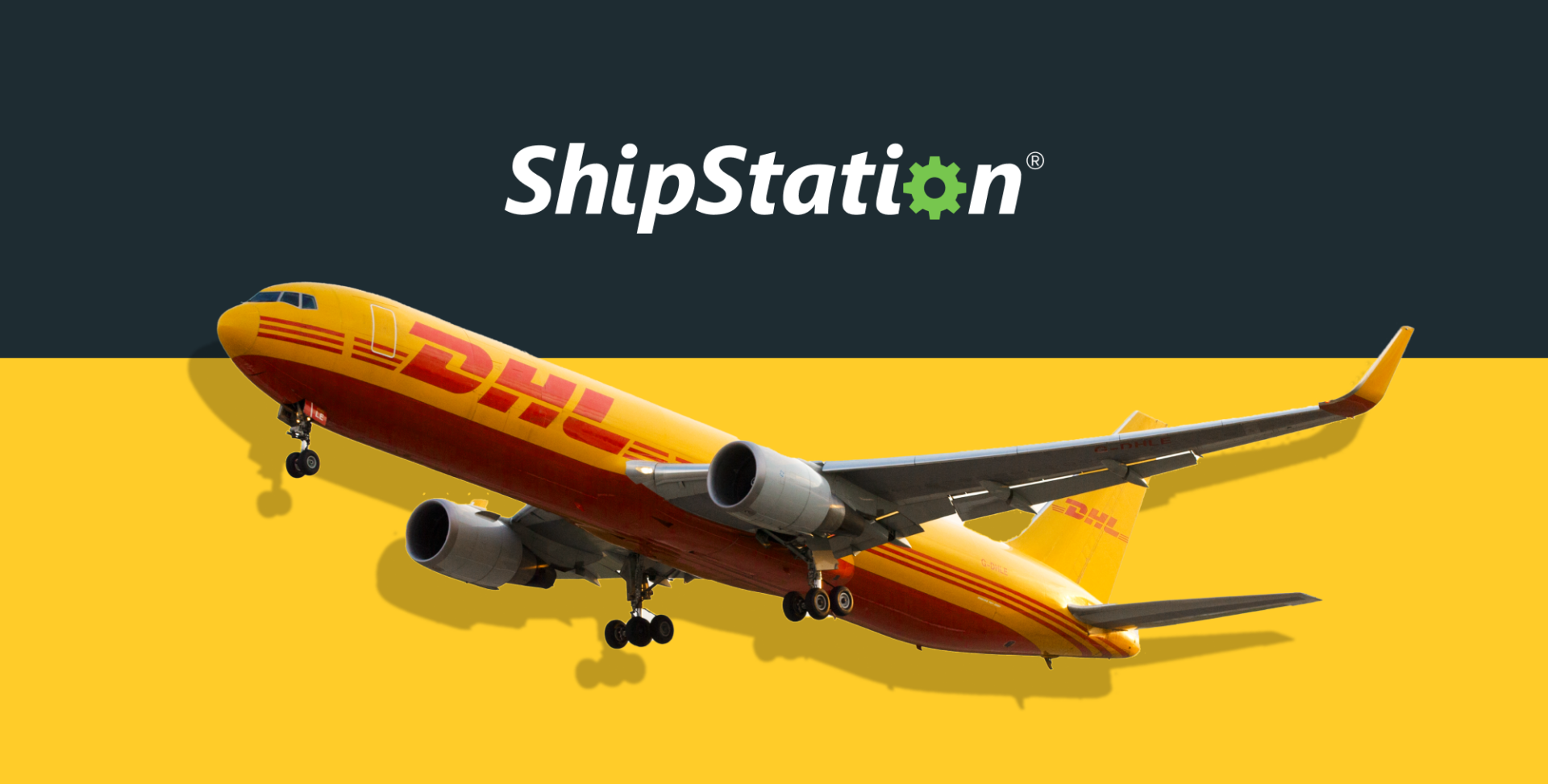International Shipping What You Should Know
This post is contributed by Eileen Brennan, Director, Marketing at Globegistics, Inc., a worldwide distributor of parcels, mail and publications for eRetailers, mailers, publishers and printers.
Global ecommerce has opened the flood gates of opportunity for e-retailers where billions of transactions take place every day, online, in non-local markets. However, the challenge of physically delivering those goods to consumers can be a pricey burden. There are solutions for international shipping, but not all solutions are right for each eRetailer. Merchants need reliable shipping solutions that provide duties and tax options, online tracking, postage savings—and the flexibility to choose the shipping service that meet their needs and still be able to turn a profit.
Here are some key points eRetailers need to know when looking to introduct international shipping.
What should eRetailers Look For First?
For international shipping, merchants should first, consider partnering up with an experienced logistics provider, a carrier or network of international shipping carriers, who are able to offer a choice of shipping options that not only benefits the retailer but also their customer.
For example, they may need an international shipping carrier that can calculate duties and taxes upfront for them – a Delivered Duty Paid (DDP) service. Or maybe they only want to bear the costs of shipping the parcel to the delivery location, where the buyer becomes responsible for paying the duty and other customs clearing expenses – a Delivered Duty Unpaid (DDU) service.
In addition, the partner should bring you through the shipping process; from generating a parcel label, to pick up material to tracking milestone scenarios. They should be able to answer, for example, how many countries can they ship to, minimum volumes, maximum weights and the return of undeliverable parcels.
Shipping Made Easy
For starters, going with a global mailing provider, like the USPS®, can provide you the peace of mind to know that your goods will be managed with a reliable and long-standing institution. The USPS® Priority Mail Express International (PMEI) and Priority Mail International (PMI) is a Delivered Duty Unpaid (DDU) service. These services represent the ultimate in visibility for international parcels mailings, with milestone tracking from pickup to final consumer delivery for many countries. With exceptional transit times, the USPS® PMEI and PMI offers Express Mail and Priority in-country processing (respectively) delivering to over 185+ countries and growing!
And, the process could not be easier. Using a software provider enables e-retailers to print USPS postage labels for your packages. From there, just drop your packages at a local Post Office, or schedule a USPS pick-up, and that’s it! Multiple tracking events will begin when the electronic shipping information is received at the USPS and will end at delivered. Also keep in mind that the USPS has strong relationships with reliable local posts and agents around the world to ensure final-mile parcel delivery. Any parcels that are undeliverable are returned free of charge to the merchant by the USPS.
What are the Final Costs of International Shipping?
Free shipping within the United States has been a great promoter for the growth of ecommerce. However, for international shipping, many ecommerce businesses cannot finance free shipping – which is true for the low to mid volume e-retailers. However, there are ways shippers can enhance the buying experience for the consumer. This includes, at a minimum, a duty estimator which reduces the refusal rate when the package is delivered overseas. Shippers can even go one step further. More sophisticated merchants can provide the ability to collect all shipping fees, duties and taxes, in the checkout so everything is paid for prior to the package being shipped. This is referred to as Delivered Duty Paid (DDP).
In addition to providing as much of the final shipping costs up front, you also need a First-Class delivery service level via a worldwide network that includes: air freight, customs clearance, full-milestone tracking and delivery confirmation.
Whether you are a low-mid volume shipper using an order management system or mid to high-volume shipper using an Application Program Interface (API), your logistics provider can help customize a program from basic to the most complex of processing and shipping requirements.
How Long Does International Shipping Take?
The shipping carrier you choose should be able to provide you with a guide that shows the best time to ship. These guides should include updates such as countries that may be on holiday or are experiencing some type of strike or civil unrest.
As the merchant, you should relay this information to your customers. It is also imperative that you make sure to not promise a specific delivery date for international shipping. Instead, indicate delivery in estimated business days.
Lastly, track international shipping orders as much as possible. When your customers place an order; there is a lag time until the order is fulfilled for international shipping. Make sure your logistics provider explains to you in granular detail what to expect as far as tracking milestones.
International mail is complex, with many rules and requirements. Partnering with a logistics and shipping provider offering the right services options, technologies, and understanding of postal regulations will help remove the challenges of global shipping so you can concentrate on growing your business.






